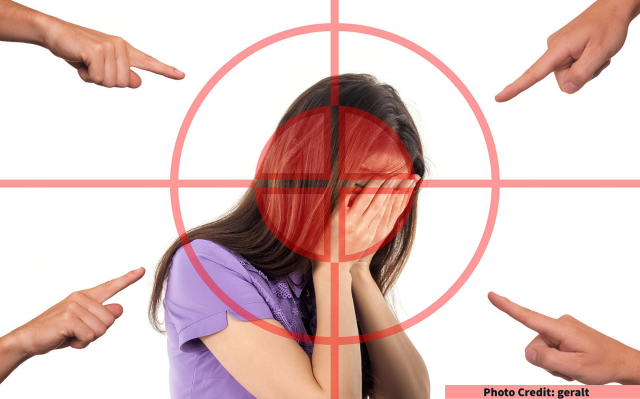
Shame and its Two Forms
Shuchi Shukla
- 0
- 214
Remember Nathaniel Hawthorne’s masterpiece The Scarlet Letter? No story- fact, or fiction, can better describe the repercussion of shame and banishment than this work of genius. The story mimics real-life’s many factors of shame with stark effectiveness.
Shamed: An Externalized Force
Hester’s illicit liaison is exposed when she conceives a lovechild in absence of her husband, as a result, she is shamed irrevocably. She was promptly dubbed an adulteress and faces severe repercussions for her incautious behavior- she is punished, imprisoned, and banished from society.
Ashamed: An Internalized Sentiment
As a lifelong reminder of her shame or sin of bearing a lovechild, she is decreed to wear a scarlet letter across her chest. While Hester Payne suffers from loneliness the character development suggests her rise above the shame and evolution into a contemplative and cautious individual. On the other hand, her secret paramour, Dimmesdale internalizes the pain of his shame in fathering an illegitimate child and feels responsible for Hester’s agonizing predicament. As a result, Dimmesdale feels ashamed. This leads him to self-destructive behavior that ends with his demise.
The contrast between the two characters distinctly portrays the difference between rising from a lower vibration and falling victim to it.
We can deduce that the role of society in the story and in real life is immense in impressing the emotion of shame.
Differences
Being shamed or feeling ashamed are not two different things, the likelihood of victimhood lies equally in an external or internal source of projection of shame. The progression of shame is often guilt, in normal individuals, where the two emotions often feed each other in a continuous cycle.
The shame caused by somebody else’s action to self is often much harder to deal with.
A victim of rape or sexual abuse often ends up blaming themselves for the situation. The trauma of rape extends to the dignity status of the victim. It makes it harder for them to come to terms with that kind of a shame. They take years to recognize it and longer to stand up and fight against it.
Effects
Regardless of the source of shame, it often leads to loss of dignity (Brooks, 2008), and the whole existence is stigmatized. Despite shaming as a destructive infliction, it occurs everywhere from prisons to schools, at home, and in social media. Several shaming techniques can be found in parent-student handbooks of many charter management organizations (Goodman, 2017).
In some isolated cases shaming as a mode of punishment to a regular offender can be justified, but in the majority, shaming is ineffective and damaging to an individual (Goodman, 2017).
Breaking away from this cycle is often a lifelong process for most intense cases of shame.
References
BROOKS, T. (2008). Shame On You, Shame On Me? Nussbaum on Shame Punishment. Journal of Applied Philosophy, 25(4), 322-334. Retrieved March 29, 2021, from http://www.jstor.org/stable/24355137
Goodman, J. (2017). The shame of shaming. The Phi Delta Kappan, 99(2), 26-31. Retrieved March 29, 2021, from http://www.jstor.org/stable/26388268


